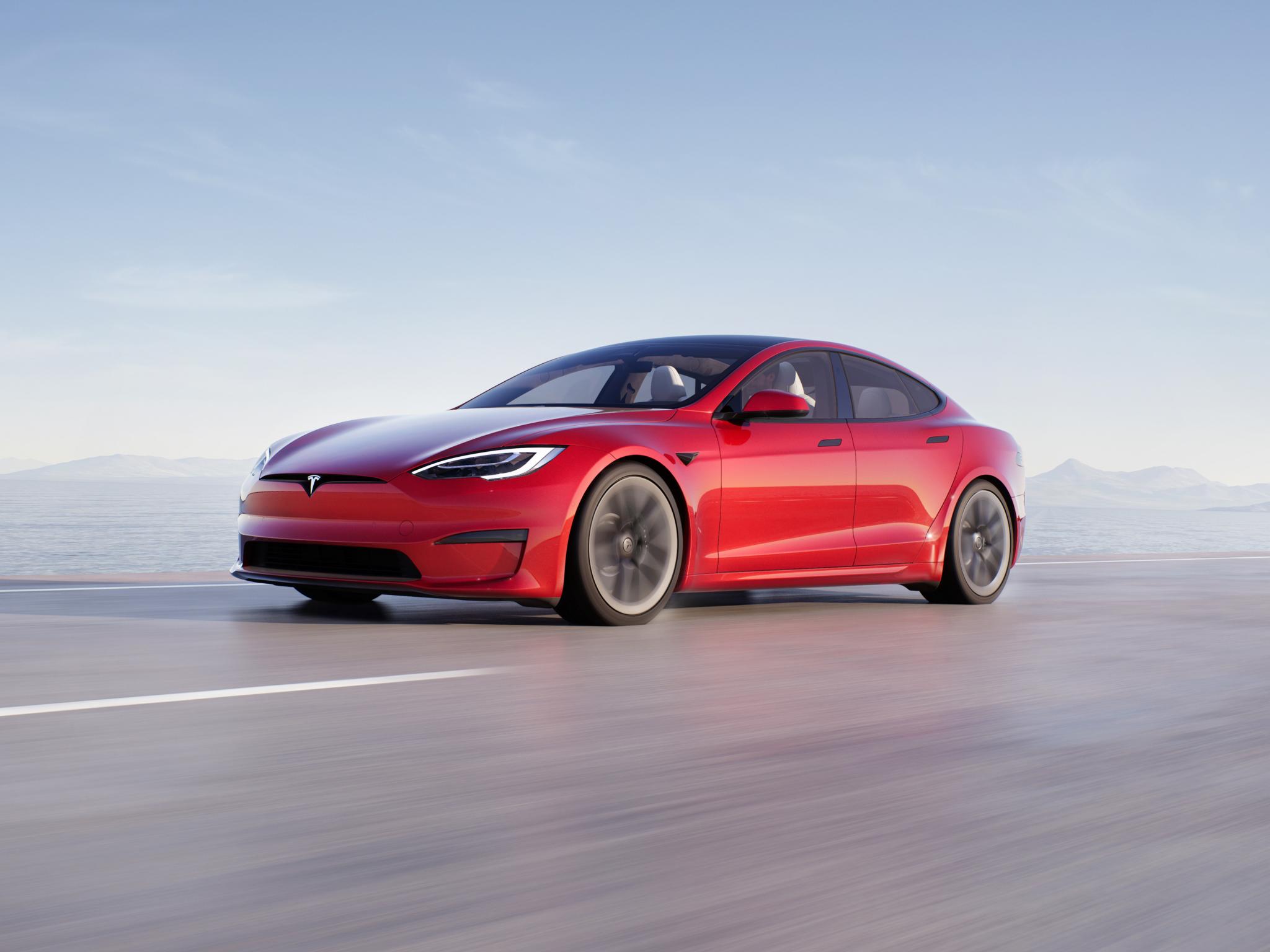
Tesla Inc (NASDAQ:TSLA) is working towards fully autonomous cars. The company states every car it sells now comes with the hardware necessary for full self-driving (FSD); the software just needs to catch up to the task. Tesla is continually rolling its FSD Beta program out to testers who have shown the car can make impressive moves, like dodging a deer on dirt roads.
What Happened: This go-around, Tesla is updating to Version 10.13. It has been more than a month since Tesla's last update, and testers and fans are eager to see what improvements Tesla has done.
The focus on this release is around certain left turns, including what's being called "Chuck Cook style" left turn, for which a driver must use a median to stop in the middle while making a left turn, referencing a set of testing videos on YouTube. The turn has given trouble in the past when the car had difficulty correctly positioning itself in the median.
Also of importance is the car's "creeping" behavior, when after stopping at an intersection, it slowly moves up to get a better view of traffic to judge if it can make a right or left turn. The speed and comfort of this should be improving with this latest version.
What's Next: Below are the full release notes. Overall, Tesla continues to work on improving its software, with CEO Elon Musk predicting this software will be safer than a human by the end of 2022.
- Improved decision-making for unprotected left turns using better estimation of ego’s interaction with other objects through the maneuver.
- Improved stopping pose while yielding for crossing objects at “Chuck Cook style” unprotected left turns by utilizing the median safety regions.
- Made speed profile more comfortable when creeping for visibility, to allow for smoother stops when protecting for potentially occluded objects.
- Enabled creeping for visibility at any intersection where objects might cross ego’s path, regardless of the presence of traffic controls.
- Improved lane position error by 5% and lane recall by 12% with a [source was illegible]
- Improved lane position error of crossing and merging lanes by 22% by adding long-range skip connections and a more powerful trunk to the network architecture.
- Improved pedestrian and bicyclist velocity error by 17%, especially when ego is making a turn, by improving the onboard trajectory estimation used as input to the neural network.
- Improved animal detection recall by 34% and decreased false positives by 8% by doubling the size of the auto-labeled training set.
- Improved detection recall of far away crossing vehicles by 4% by tuning the loss function used during training and improving label quality.
- Improved the “is parked” attribute for vehicles by 5% by adding 20% more examples to the training set.
- Upgraded the occupancy network to detect dynamic objects and improved performance by adding a video module, tuning the loss function, and adding 37k new clips to the training set.
- Reduced false slowdowns around crosswalks by better classification of pedestrians and bicyclists as not intending to interact with ego.
- Reduced false lane changes for cones or blockages by preferring gentle offsetting in-lane where appropriate.
- Improved in-lane positioning on wide residential roads.
- Improved object future path prediction in scenarios with high yaw rate.
- Improved speed limit sign accuracy on digital speed limits by 29%, on signs with difficult relevance by 23%, on 3-digit speeds by 39%, and on speed limit end signs by 62%. Neural network was trained with 84% more examples in the training set and with architectural changes which allocated more compute in the network head
Photo: Courtesy of Tesla



!["[T]he First and Fifth Amendments Require ICE to Provide Information About the Whereabouts of a Detained Person"](https://images.inkl.com/s3/publisher/cover/212/reason-cover.png?w=600)



